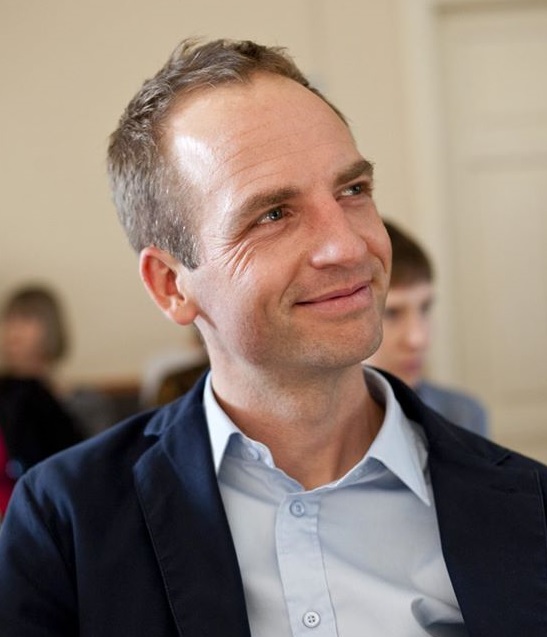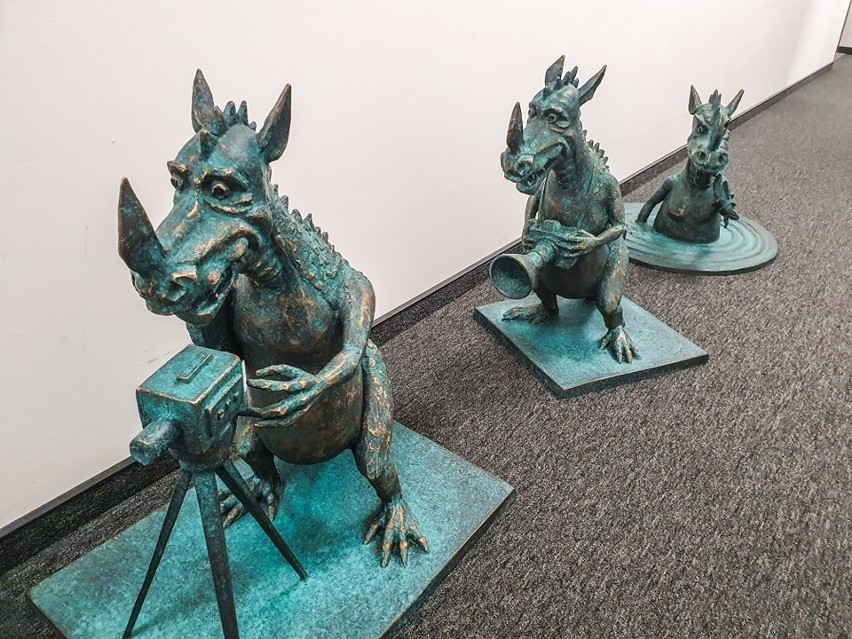The city of Kraków has unveiled six new themed dragon statues to be placed around the city in the autumn. The idea for the dragons came from a citizens’ initiative proposing a trail based on the popular gnome figures in Wrocław and designed by popular cartoonists.
The Wawel dragon is a symbol of Kraków, based on a legend about the fearsome beast that terrorised the city established by King Krak until it was defeated by the king’s sons.
#SmoczySzlak 🐉🗿 Niebawem smoka w #Krakow.ie będzie można zobaczyć nie tylko pod Wawelem. Kładka o. Bernatka, okolice Szkoły Podstawowej nr 29, schody przy parku Bednarskiego, pl. Axentowicza, park Krakowski i park Jordana – te miejsca już jesienią zostaną opanowane przez smoki. pic.twitter.com/X5g6WYaFP0
— Kraków (@krakow_pl) July 22, 2022
At present, visitors to the Wawel Royal Castle in the city can enter the dragon’s den, guarded by a six-metre-tall fire-breathing statue placed there in 1972. The new dragons are smaller than their relative at between 35 and 50 cm, each weighing around 25 kg, and have a somewhat friendlier appearance, having been designed by the well-known cartoonists Andrzej Mleczko and Edward Lutczyn.
They were created by the sculptors Jan Tutaj and Jacek Dudek and prepared in collaboration with the sculpture department of Kraków’s Academy of Fine Arts.
Fire breathing statues are the best – this is Smok Wawelski, he lives in a cave under Wawel Castle in Krakow. pic.twitter.com/yMjb1TZkFp
— Luis Guzman (@guzmanl) September 15, 2019
The six initial statues, showing dragons in various poses emerging from the river, eating a fish and holding cameras, will be placed in popular parks and recreational spaces in the city. One is to depict a dragon surveyor next to a primary school at the site of the Kraków meridian, a point used by Copernicus in his calculations.
The original idea for the trail foresaw around 20 sculptures of dragons representing different aspects of Kraków’s history and traditions. The trail will have a long way to go to rival Wrocław, however, which has over 600 figurines of gnomes engaged in various pursuits dotted around the city.
Meet the Gnomes (krasnale in Polish) of Wroclaw. These tiny folk are scattered all over the city, waiting to be found.#travel @lonelyplanet pic.twitter.com/tUExwPlV0G
— Just a Pack (@JustaPack) January 28, 2018
Anna Jakubiak, whose citizen’s initiative led to the project, hopes that the first six dragons will be just the start. “It’s hard to speak of a dragon trail at the moment, but Kraków wasn’t built in a day,” she told LoveKrakow.pl, a local news website.
Jakubiak added that she had received messages suggesting further locations where statues could be placed, such as the local technology park, which hosts the annual Digital Dragons game industry conference. She dismissed criticism that the idea is a copy of the Wrocław gnomes, noting that other Polish cities have similar trails.
She also stressed that the Kraków dragons were meant to educate as well as to be fun. The original project envisaged QR codes, although this is not part of the city’s current plan.
#Dzień_dobry. Niedzielę witamy razem z Wami fotorelacją z wczorajszego wydarzenia🙂20.#WielkaParadaSmoków / #GreatDragonsParade zachwyciła wszystkich, dużych i małych, a smoki, mimo że wyglądały i brzmiały groźnie, okazały się bardzo sympatyczne🐲🐉@teatrgroteska
Fot. @BS pic.twitter.com/1DK0UaATvS— Kraków (@krakow_pl) September 12, 2021
Kraków has this summer launched an advertising campaign marking the Wawel dragon statue’s 50th birthday using the symbol of the dragon to lure tourists back to the city. Visitor numbers were hit hard by the pandemic, and the war in Ukraine has also adversely affected Poland’s tourism industry.
The city also hosts a dragon weekend every June, including a parade featuring giant dragon puppets and a spectacular light and sound show on the Vistula river in front of the Wawel castle.
“More and more children throughout Poland are learning the story of the Wawel dragon,” said deputy mayor Andrzej Kulig. “With our campaign, we want to encourage Poles to visit us and show this tradition to their kids and at the same time to see how Kraków has changed.”
Main image credit: Kraków.pl

Ben Koschalka is a translator, lecturer, and senior editor at Notes from Poland. Originally from Britain, he has lived in Kraków since 2005.




















